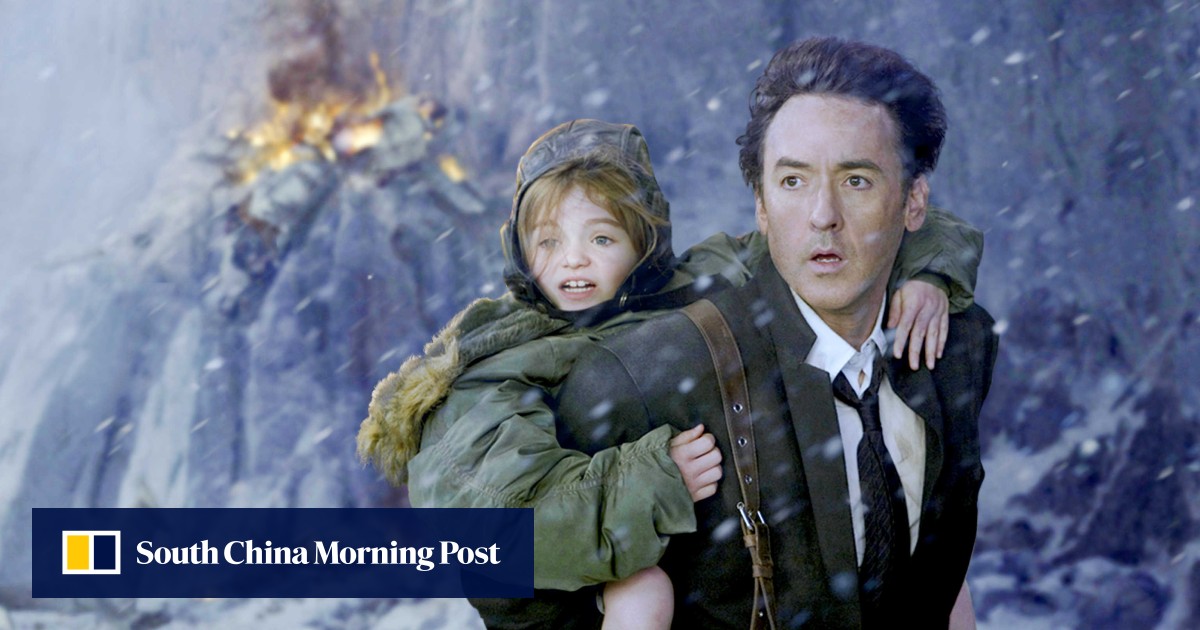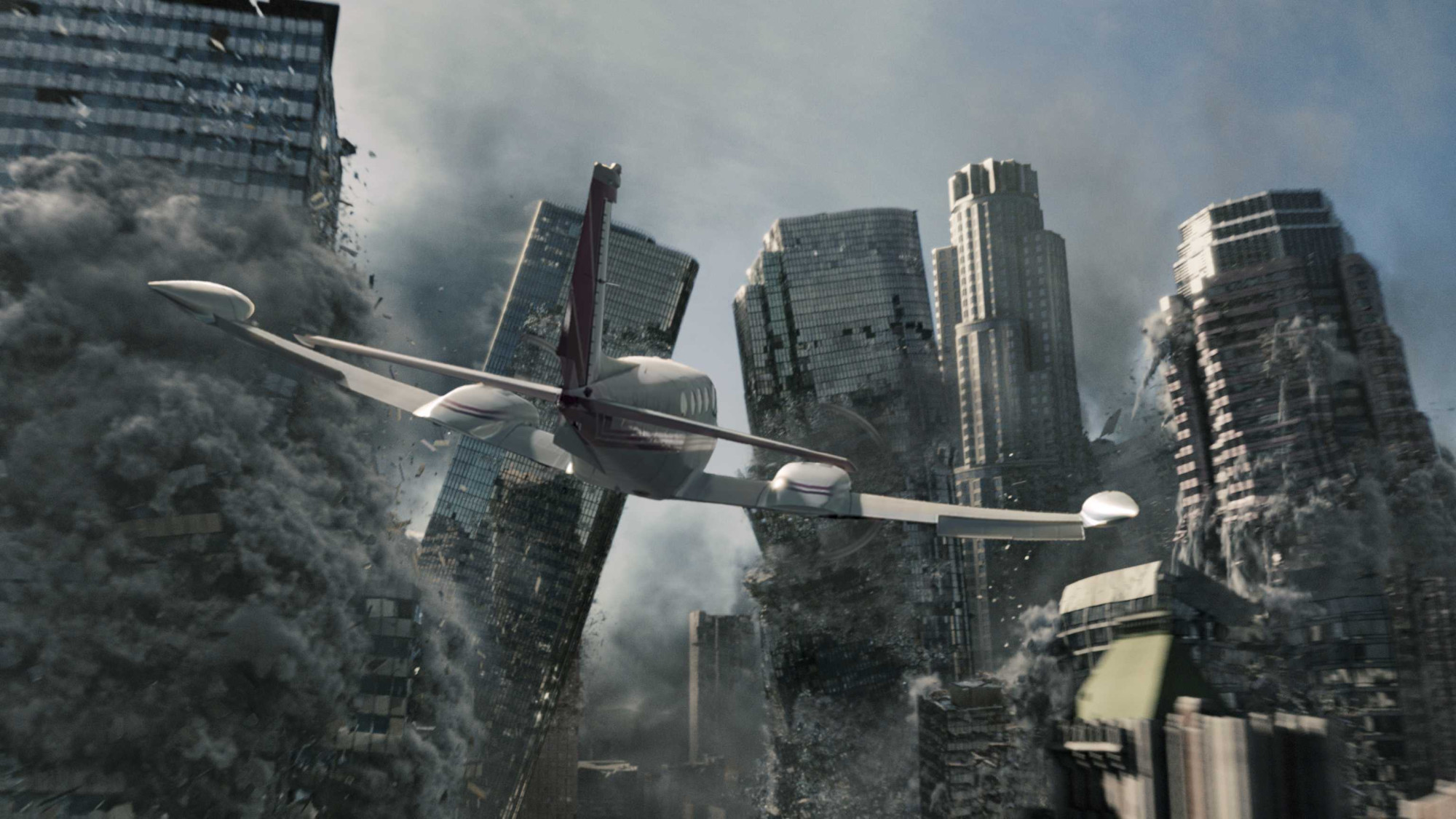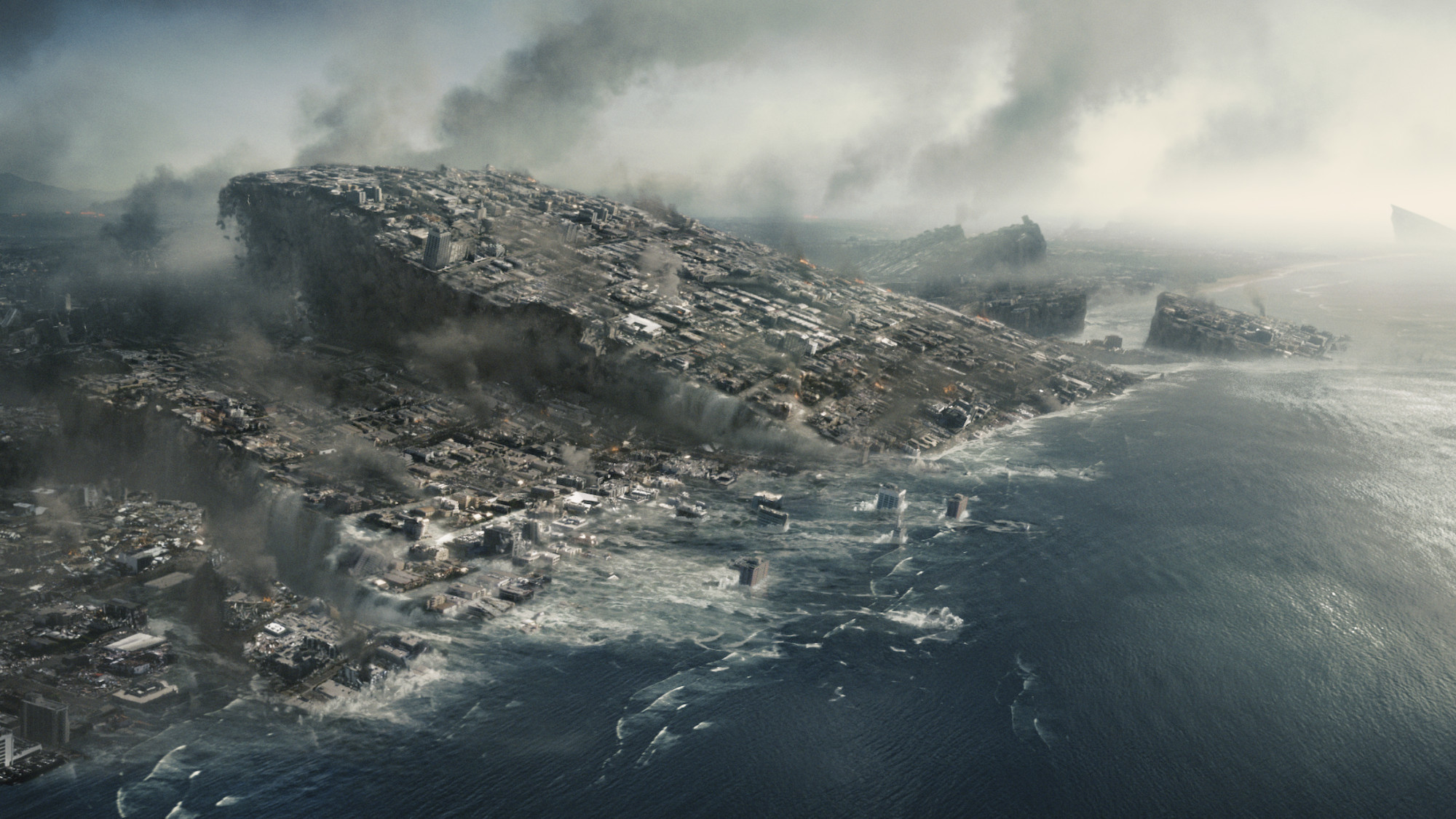
When Roland Emmerich’s end-of-the-world drama 2012 was released in 2009, the planet wasn’t the only thing that took a battering.
The film, which stars John Cusack, Amanda Peet and Chiwetel Ejiofor, smashed box office records in China, raking in 460 million yuan to become what was then the biggest hit of all time.
“It really is unbelievable,” Sony Pictures vice-president Jeff Blake told entertainment news magazine Variety. “It’s the biggest release for the film outside the United States. The infrastructure is really exploding in China.”
Although it’s an unfortunate choice of words for a film featuring more than its fair share of exploding infrastructure, it’s hard to disagree. But just why did an American blockbuster directed by a German and based – erroneously – on an ancient Mayan prophecy do so well?
One theory is that it’s because the film portrays China as the saviour of humanity, building arks in the Himalayas that will ferry the rich to safety when earthquakes, floods and volcanoes destroy civilisation. Flattery can get you many places, but how about the top spot in a formerly hostile territory?
In the 2000s, as China became the second-largest cinema audience in the world, America started to take notice, setting portions of its films on Chinese soil, and making approving noises about the might of its government.
Why Chris Hemsworth wasn’t enough to save Hong Kong-set 2015 movie Blackhat
Why Chris Hemsworth wasn’t enough to save Hong Kong-set 2015 movie Blackhat
So when Emmerich needed a location for 2012’s climax, China made both political and narrative sense. After all, only a world power of China’s size would be capable of building the arks in secret and ahead of time.
China certainly appreciated the effort, with extra showings of the film punctuated by spontaneous audience applause. “It is just like a love letter from Emmerich to China,” wrote one blogger.
To begin with, the Chinese presence is modest: just a face on a monitor, as US President Thomas Wilson (Danny Glover) addresses the world leaders remotely.
But when failed writer Jackson Curtis (Cusack) and his family set off in a borrowed plane to find the arks, he opens a map, straight to camera, with “China” written across the middle, as if taking its cue from the Sony product placement peppering the movie.
Soon they crash-land in the Himalayas, and are greeted by Chinese soldiers with a sturdy, “Welcome to the People’s Republic of China!”
Emmerich denies all charges. “It was not [designed] to please China,” he told the Associated Press. “The China element is sometimes important, but it has to make sense for the story; you cannot just pop a Chinese element in and think, ‘Oh, this movie will work great in China.’”

There is plenty of evidence to back him up. Aside from a heroic family headed by Tenzin (Chin Han), who help Jackson and co break onto one of the arks, most of the Chinese characters are pitiless officials, either clearing towns in the Himalayas to build the arks or charging the rich €1 billion for a seat on them.
It’s also more than implied that the arks would not be possible without a huge source of cheap, expendable labour.
“You want to donate your passes to a couple of Chinese workers, be my guest,” says cynical White House chief of staff Carl Anheuser (Oliver Platt) to principled geologist Adrian Helmsley (Ejiofor) as crowds swarm beneath the ark they’re on. Ultimately, of course, Helmsley lets the stranded workers all on.

But strangest of all for a film not actively trying to displease China are the constant references to Tibet. The early town-clearance scenes recall the 1950 Chinese invasion, and we see a Tibetan monk watching calmly as the seas crash over the Himalayas. It suggests a touch of Tibetan grace in the face of an unstoppable force – China perhaps?
All of which begs the real billion-euro question: why on earth did the Chinese censors let 2012 through in the first place? The year might have passed but the mystery lives on.
Denial of responsibility! TechCodex is an automatic aggregator of the all world’s media. In each content, the hyperlink to the primary source is specified. All trademarks belong to their rightful owners, and all materials to their authors. For any complaint, please reach us at – [email protected]. We will take necessary action within 24 hours.
Khushi Patel is a science fiction author who lives in Austin, Texas. She has published three novels, and her work has been praised for its originality and imagination. Khushi is a graduate of Rice University, and she has worked as a software engineer. She is a member of the Science Fiction Writers of America, and her books have been nominated for several awards.

